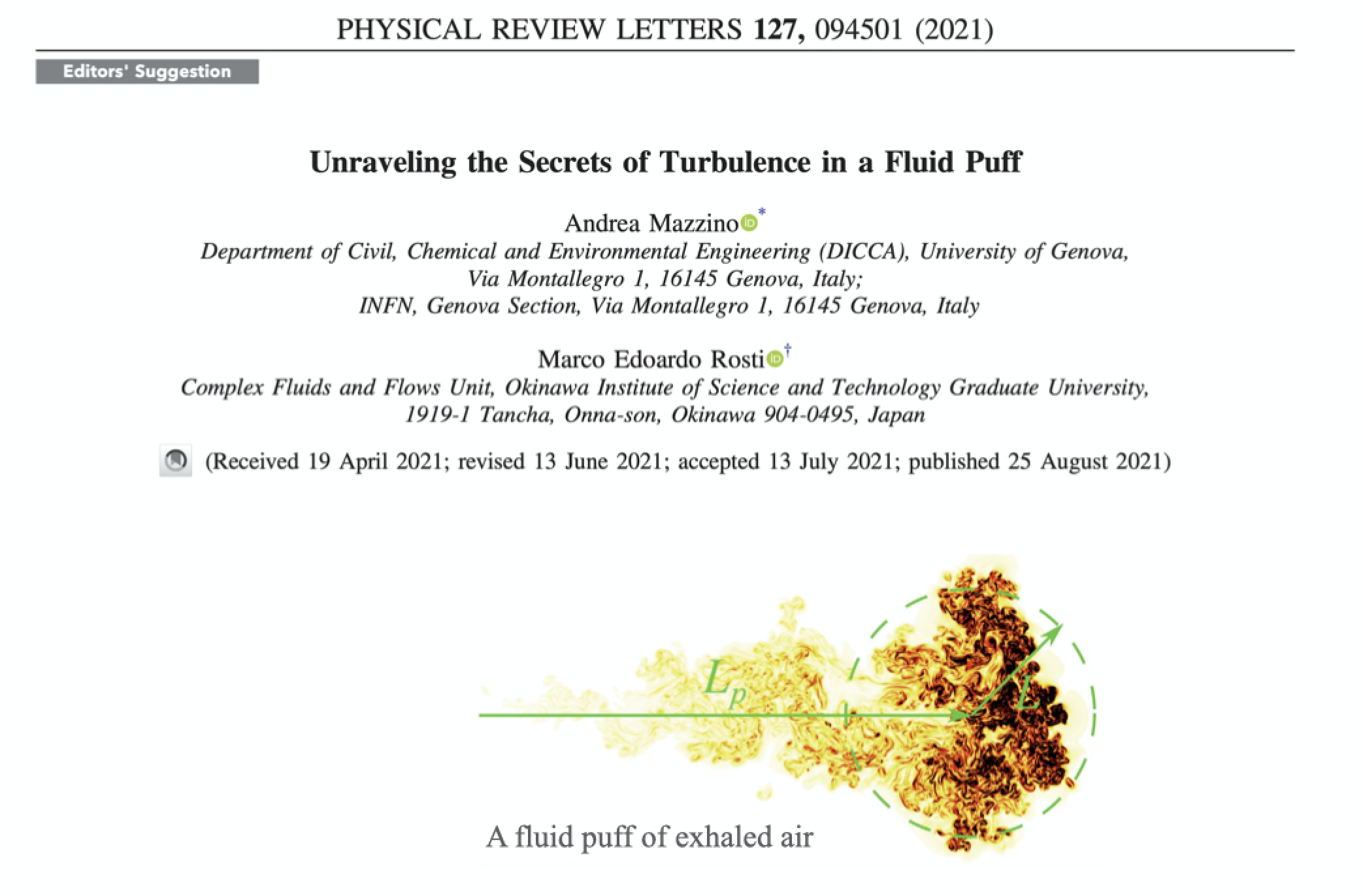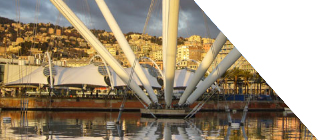Our research activity deals with the study of turbulence as a paradigm of
an out-of-equilibrium disordered system. The techniques we use are both computational (direct numerical simulations of the Navier-Stokes equations by means of pseudo-spectral methods) and analytical/perturbative (renormalized perturbative methods of asymptotic type and renormalization group).
Our main focus is on anomalous scaling laws and intermittency for which the group has recently proposed a novel methodology that has given birth to a new measurement technique of the statistical properties for the two-point statistics of turbulence, a technique baptized with the name of FIV (Fiber Image Velocimetry).
The group also works on the study of turbulent dispersion processes, both normal and anomalous, as well as on the study of interactions between fluid-dynamic and elastic degrees of freedom (associated to elastic structures immersed in fluids, such as elastic fibers) with the ultimate goal of converting into mechanical energy, and subsequently electricity, the kinetic energy of a flowing fluid. For this activity the group was the winner of the MINIERA project funded by the Compagnia di San Paolo, which is still ongoing.
Very recently the group starts to work on the fluid dynamics of airborne COVID-19 infection: it is now well established that airborne virus-containing droplets
are the dominant mechanism of contagion. Since human emissions are associated with a highly turbulent air puff (figure below), the transport phenomenon is entirely determined by the properties of the turbulent medium and its interaction with the evaporation processes of saliva droplets.
Staff:
Andrea Mazzino
Corrado Boragno
Postdocs:
Mattia Cavaiola

PhD Students:
